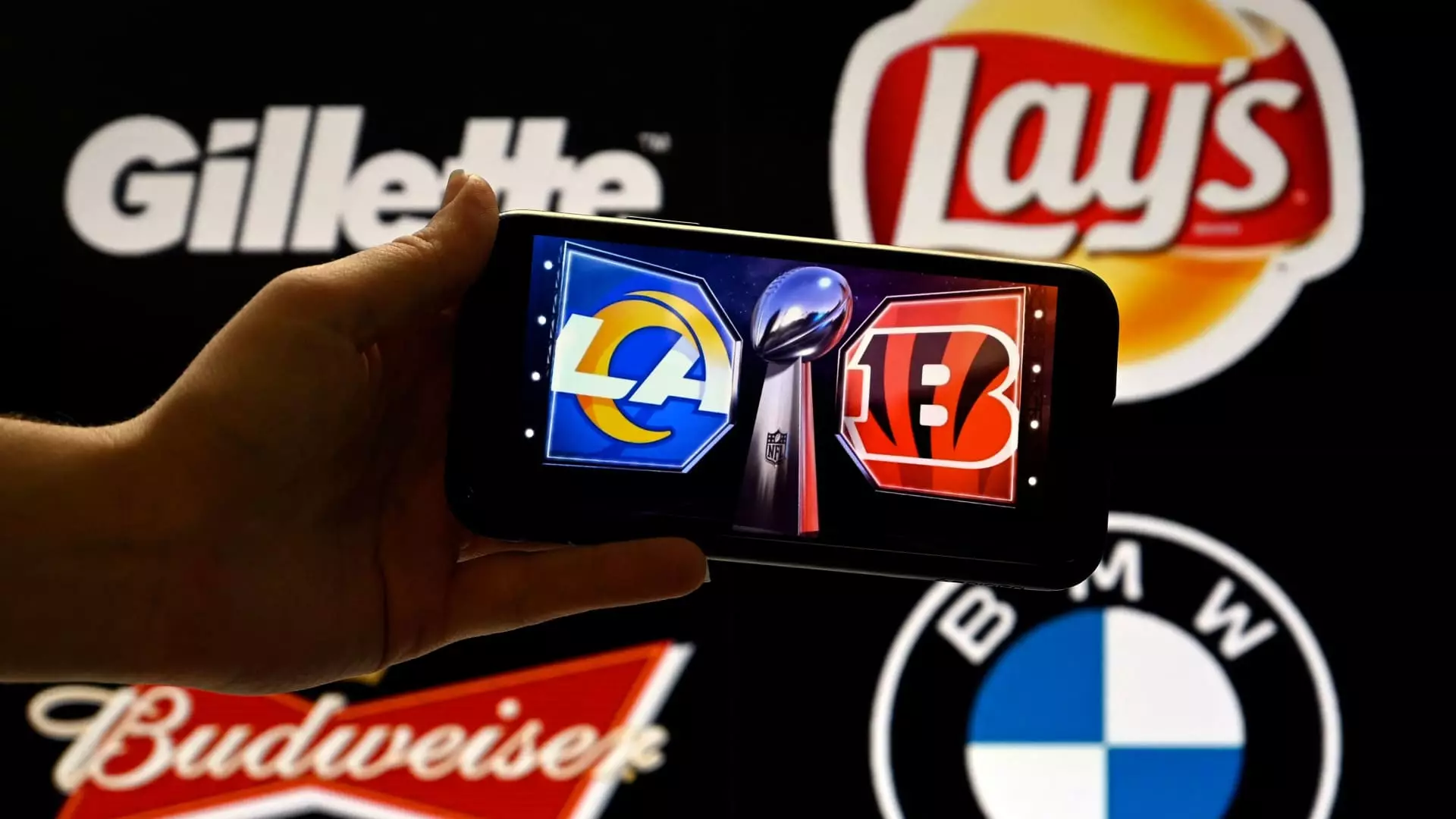The resurgence of tariffs under the Trump administration has sent ripples of anxiety through the advertising world. As brands grapple with the potential economic fallout from import tariffs, the demand for flexible contracts has intensified. Chief marketing officers and media executives find themselves in a quandary, as they seek agreements that allow them to pivot spending quickly, responding to a rapidly changing market landscape. The announcement of impending tariffs on imported goods threatens to exacerbate an already unpredictable financial environment, leaving advertisers straining to align their strategies with unclear policies.
As President Trump prepares to unveil detailed information on these tariffs, the hesitancy in the air is palpable. The mixed messages emanating from the White House only heighten the confusion. In the face of such uncertainty, advertisers are becoming increasingly aware that their economic survival may hinge on flexible advertising strategies. Jonathan Gudai, CEO of Adomni, notes a significant shift toward performance-based advertising models, designed to accommodate rapid budget revisions if conditions dictate. This kind of maneuverability will be vital for advertisers as they navigate the uncharted waters ahead.
Increased Anxiety: The Impacts on Advertising Spending
The evolving dynamics of the ad market highlight broader economic concerns, as evident from the forecasts by GroupM’s Kate Scott-Dawkins. Originally optimistic about U.S. ad spending growth, the changing tides of rising inflation, layoffs, and escalating tariffs have led to a reassessment of projections. The anticipated 7% growth in ad spending for 2025 now appears shaky, underscoring the interdependence of tariff changes and the overall economic climate.
While some media companies have shown resilience in the wake of the pandemic—especially digital platforms and services associated with live sports—traditional advertising avenues are exhibiting signs of fragility. Conventional television networks, in particular, face diminished revenue levels as consumer preferences trend toward streaming services over conventional cable subscriptions. The tariffs add yet another layer of complexity, sowing hesitation among automakers who remain uncertain regarding their advertising strategies.
The Drive for Flexibility in Advertising Contracts
As companies prepare for the upcoming Upfront presentations, a cautious atmosphere prevails. Advertising is not merely about selling products; it is vital for building lasting relationships with consumers. The prevailing need for flexibility in advertising agreements aligns with contemporary expectations in the marketing space. Jonathan Miller, CEO of Integrated Media, highlights a noticeable demand for adaptable arrangements, which reflect broader economic uncertainties.
Advertisers are now urged to look beyond short-term savings through budget cuts. Brands need to consider the long-term implications of withdrawing from campaigns, especially in uncertain climates. Some businesses should maintain advertising expenditures—even in traditional formats like TV—if they want to sustain or enhance their market presence. For them, remaining visible is not a luxury but a necessity that builds lasting engagement with consumers, which can often yield dividends when economic conditions stabilize.
Opportunities in Challenging Times
Although the specter of tariffs looms large, there lies an untapped opportunity in this tumultuous environment. As brands confront increased costs and financial unpredictability, an emphasis on targeted marketing becomes crucial. Gudai posits that while tariffs can constrict advertising budgets, they also create an imperative for brands to differentiate themselves based on factors beyond mere pricing. Consumers facing higher prices are likely to gravitate toward brands that deploy meaningful, purpose-driven marketing strategies.
Brand loyalty is no longer nurtured solely through traditional advertising paradigms. The importance of establishing authentic connections with consumers has escalated; it’s paramount for brands to embody values that resonate with their audience. As Andre Banks, founder and CEO of NewWorld, aptly states, the nature of marketing has shifted: brands are now compelled to connect on a deeper level with consumers who seek authenticity and purpose. In navigating these changing tides, companies that embrace this transformation will fare better in maintaining relevance and market share.
Preparing for the Future: Strategies amidst Uncertainty
Amidst growing economic apprehension, brands must rethink their advertising strategies and embrace flexibility. Whether promoting through traditional media or leveraging digital platforms, the priority should be a cohesive message that emphasizes resilience, reliability, and clarity of purpose. The ability to pivot can make all the difference; flexibility will not only safeguard advertising budgets but also help build brand loyalty amid turmoil.
As advertisers prepare for the impending changes brought on by tariffs, the focus must shift toward adopting more dynamic marketing approaches that cater to a transient landscape. By leaning into performance-based models and fostering consumer connections, brands have the opportunity to thrive even in chaotic conditions. After all, in times of uncertainty, successful advertisers will be those who dare to innovate and adapt while remaining steadfast in their commitment to authenticity.

